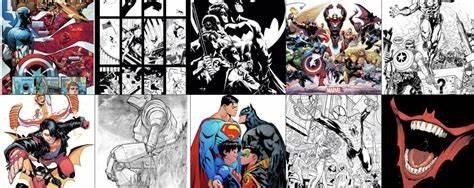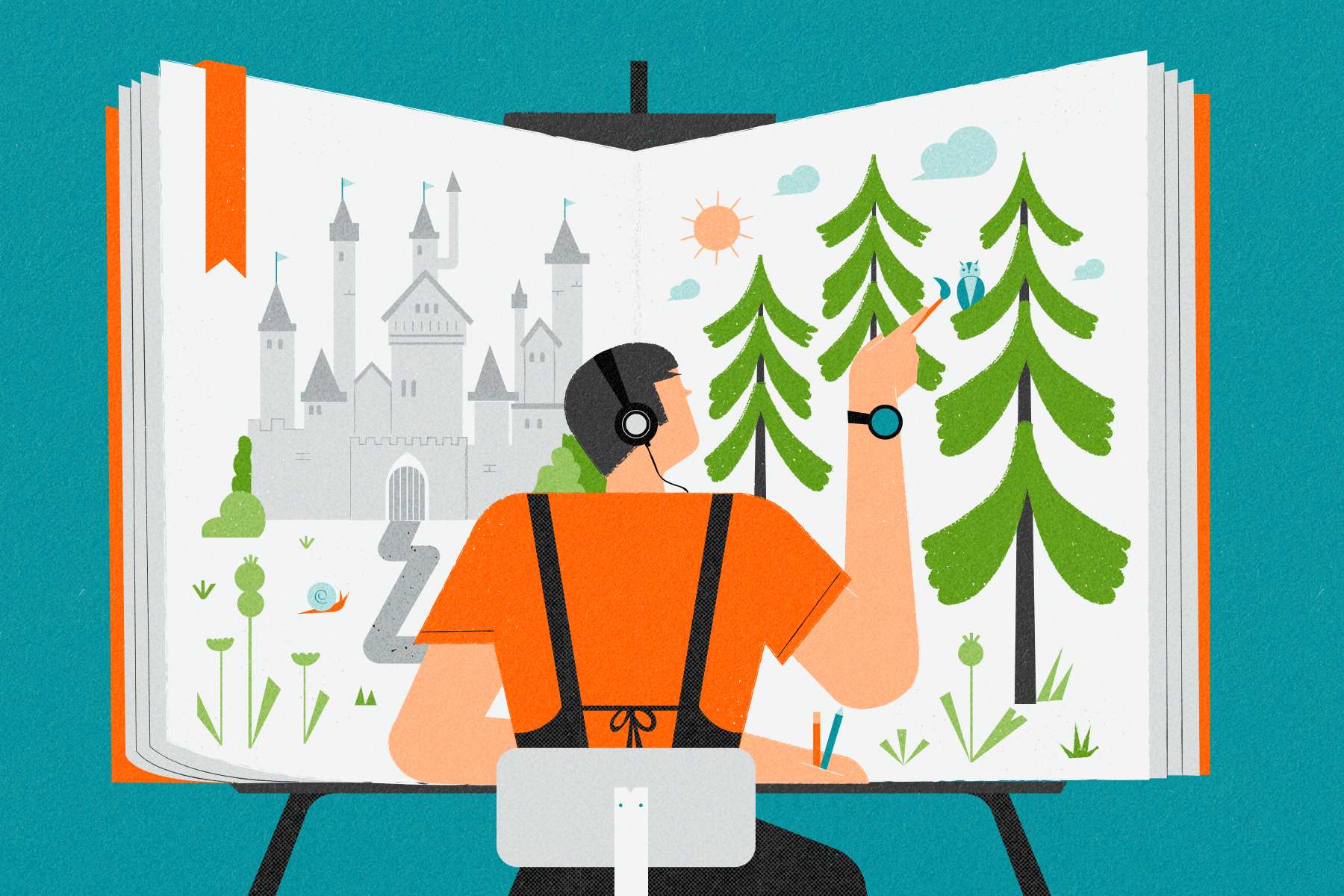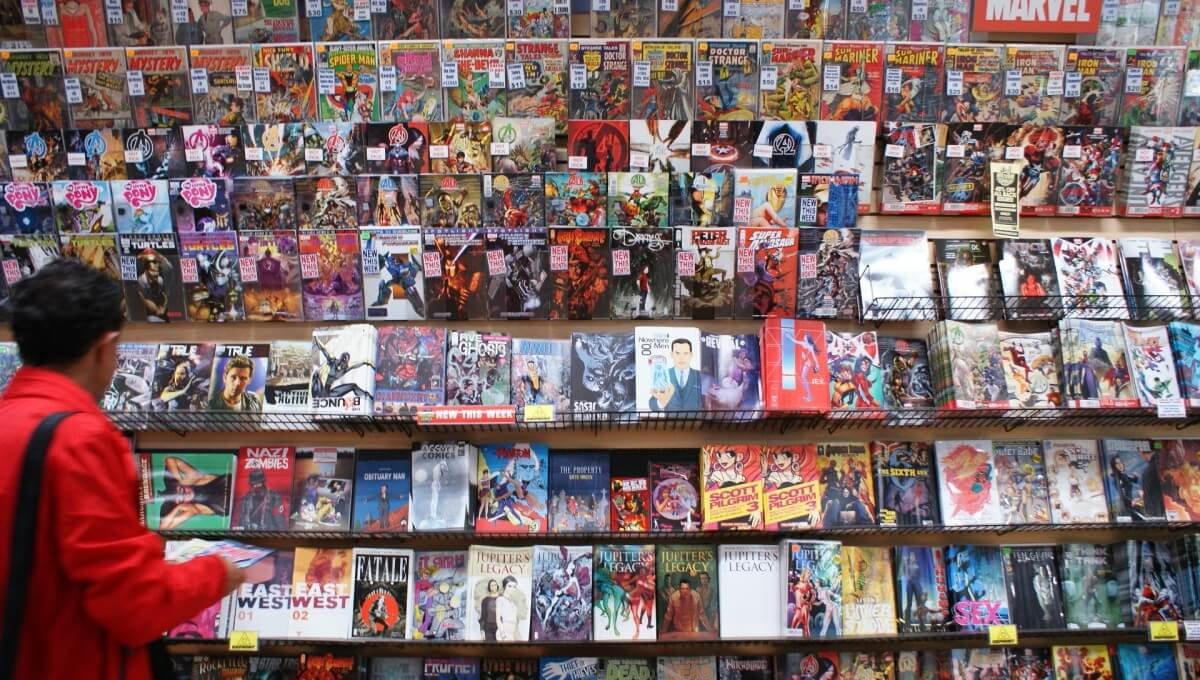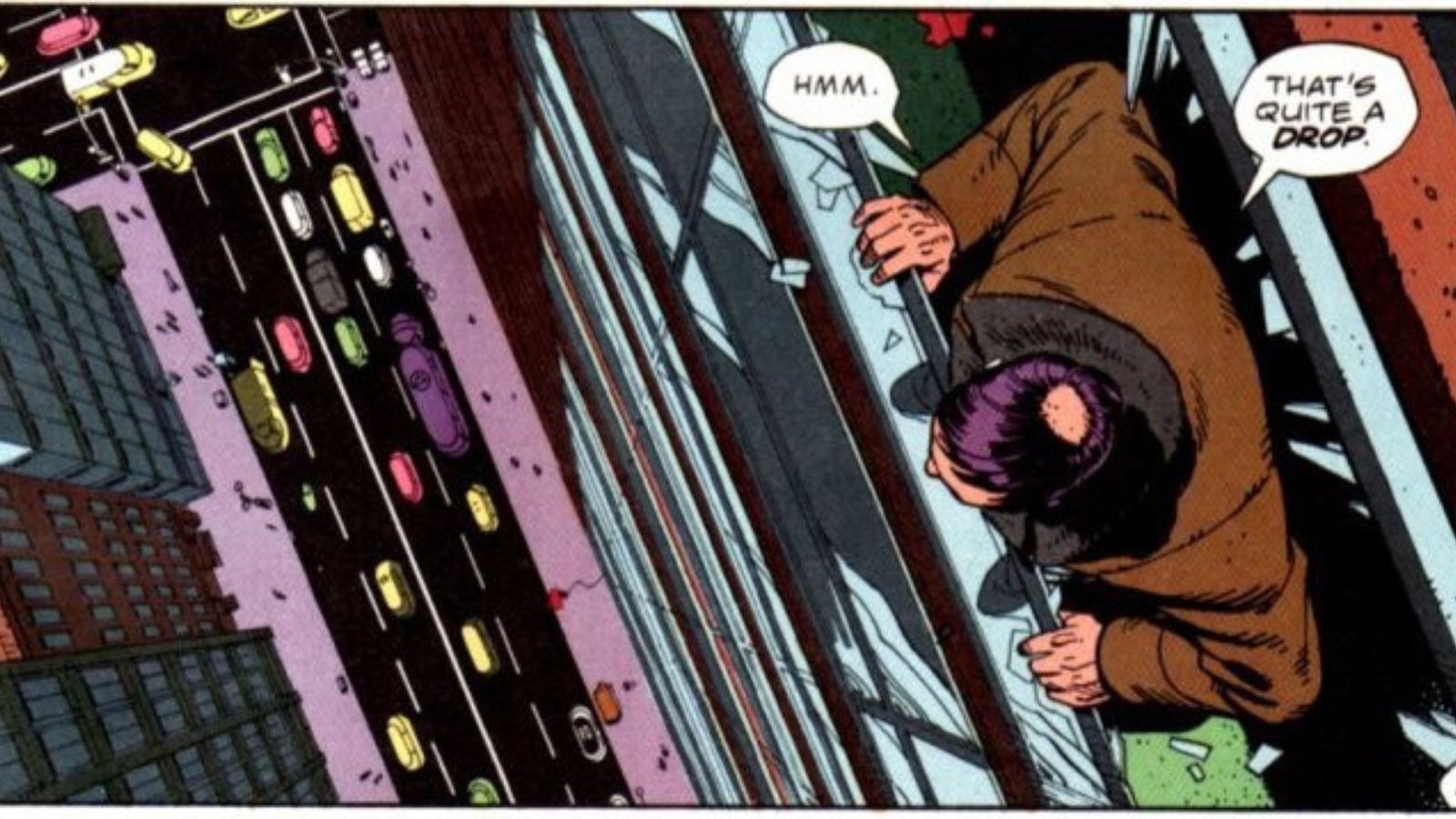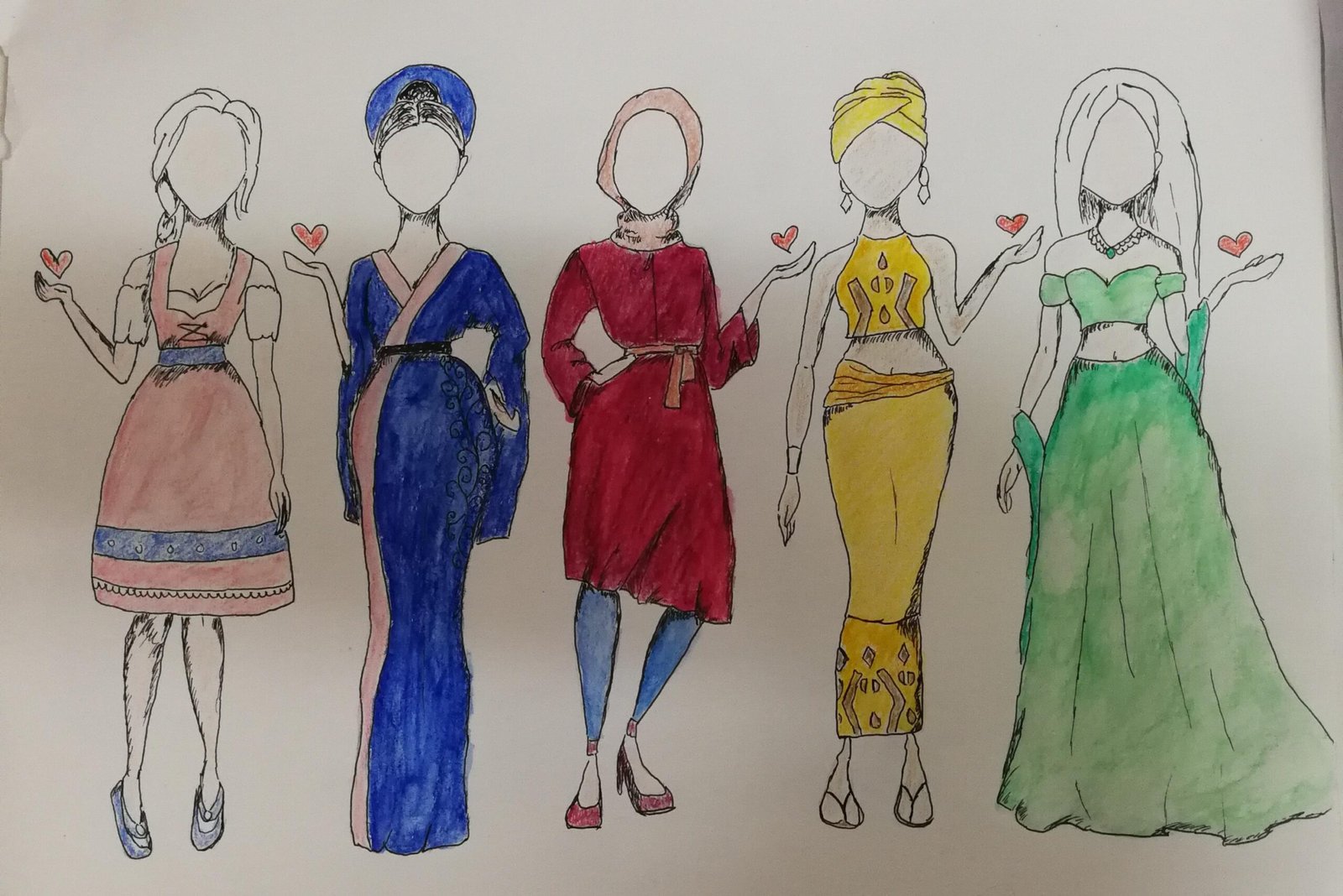Comics have long been a powerful medium for storytelling, blending visual art with narrative in unique ways. Not only do they captivate readers with their compelling plots and vibrant artwork, but they also inspire creativity in both readers and artists. Through their innovative formats, diverse genres, and expressive illustrations, comics provide a platform for imagination, making them a rich source of inspiration for creative minds.
The Power of Visual Storytelling
Comics are known for their ability to tell complex stories through both images and words. This duality of communication fosters creativity by encouraging readers to think critically about how stories are constructed. Unlike traditional books, where the reader imagines the scene in their mind, comics provide visual cues that challenge the audience to interpret and analyze the interaction between text and imagery. This dynamic interaction ignites creativity, encouraging readers to think outside the box and see the world in new ways.
As readers follow the storyline, they are exposed to different art styles, color schemes, and panel structures, which can lead them to explore their own artistic abilities. Whether it’s the detailed illustrations of a superhero battle or the minimalist approach of a graphic novel, the way the art complements the narrative often sparks new ideas and techniques for budding artists. The visual elements help to break down complex themes, making them accessible and inspiring.
Exploring Diverse Genres and Themes
One of the reasons comics are so creatively inspiring is their ability to explore a wide range of genres, themes, and styles. From science fiction to historical fiction, fantasy, and memoirs, comics cover almost every topic imaginable. This variety allows readers to encounter new ideas and perspectives, expanding their imagination and encouraging them to think about things in ways they might not have considered before.
For artists, this diversity offers endless possibilities for experimentation and innovation. Many comic artists are influenced by the genres and themes they read, often merging styles or reinterpreting popular tropes to create something original. For instance, blending futuristic themes with traditional art techniques, or reimagining well-known myths in modern settings, fosters a sense of exploration and boundary-pushing within the artistic community.
Comics as a Creative Outlet for Artists
Comics are not just a source of inspiration for readers but also serve as a vital creative outlet for artists. The process of creating a comic involves multiple layers of artistic skill, including drawing, character design, storytelling, and even color theory. Artists draw inspiration from many sources, such as their own experiences, cultural influences, or other works of art, but it is the unique medium of comics that allows them to showcase their creativity in such a direct and dynamic form.
The collaborative nature of many comic projects also encourages artists to experiment and grow. Writers, illustrators, colorists, and letterers all contribute to the creation of a comic, and each of these roles adds a layer of creativity to the final product. Artists are often pushed to think beyond their usual boundaries, embracing new challenges and techniques, which helps to fuel their creativity.
Comics Encourage Creative Problem Solving
One of the greatest lessons comics teach both readers and artists is creative problem-solving. For readers, the structure of comics—where narratives unfold across multiple panels and pages—demands a certain level of mental flexibility. Readers must piece together clues, decipher visual metaphors, and consider how the story progresses across time. This process of interpreting the sequence of events fosters creative thinking and helps develop problem-solving skills.
For comic artists, the creation process involves numerous challenges, from visualizing complex sequences to finding innovative ways to depict action, emotion, or abstract concepts. Whether it’s deciding how to depict an impossible scene or conveying deep emotion with minimal text, artists are constantly faced with creative puzzles to solve. These challenges push them to expand their artistic toolkit and explore new solutions, thus enhancing their creative capabilities.
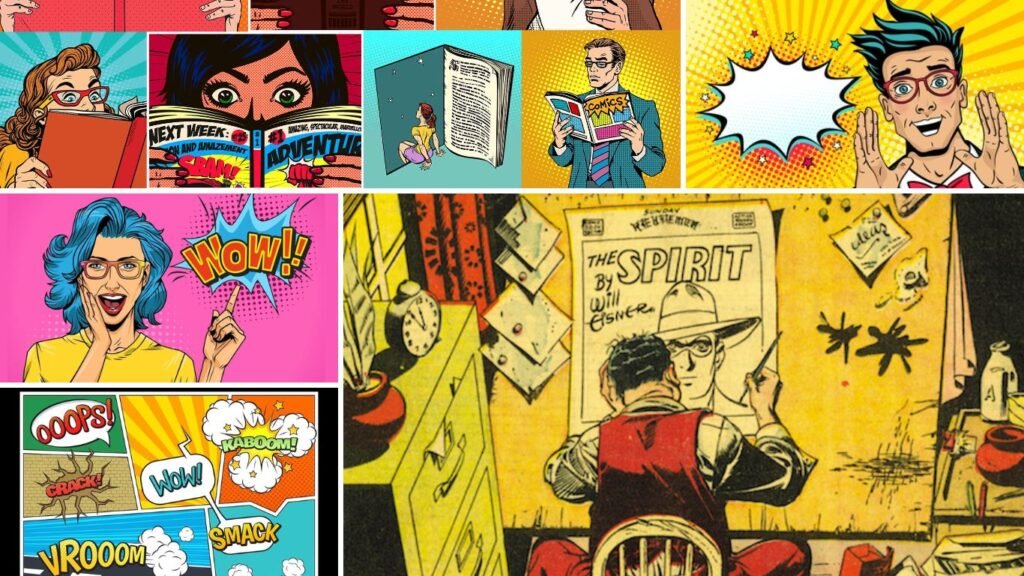
Inspiring the Next Generation of Creators
Comics have the power to inspire not only readers and established artists but also young creators who are just starting to develop their artistic and storytelling skills. With the rise of webcomics and social media platforms like Instagram, aspiring comic artists have a larger audience than ever before to share their work. The accessibility of these platforms allows artists to engage with others, exchange ideas, and collaborate, fostering an environment of mutual inspiration and creative growth.
Moreover, many comics offer stories of characters who overcome challenges, face adversity, and break societal norms. These powerful narratives can encourage readers to take creative risks, express themselves, and believe in their own potential as artists and creators. Comics, with their imaginative plots and boundless possibilities, encourage a sense of empowerment and creativity in the next generation of storytellers.
Conclusion
Comics are much more than entertainment—they are a powerful tool for inspiring creativity in both readers and artists. Through their blend of words and visuals, diverse themes, and imaginative structures, comics encourage out-of-the-box thinking, foster creativity, and provide a platform for artistic innovation. Whether you’re a reader looking to expand your imagination or an artist exploring new techniques, comics offer endless opportunities to ignite and nurture creativity.







